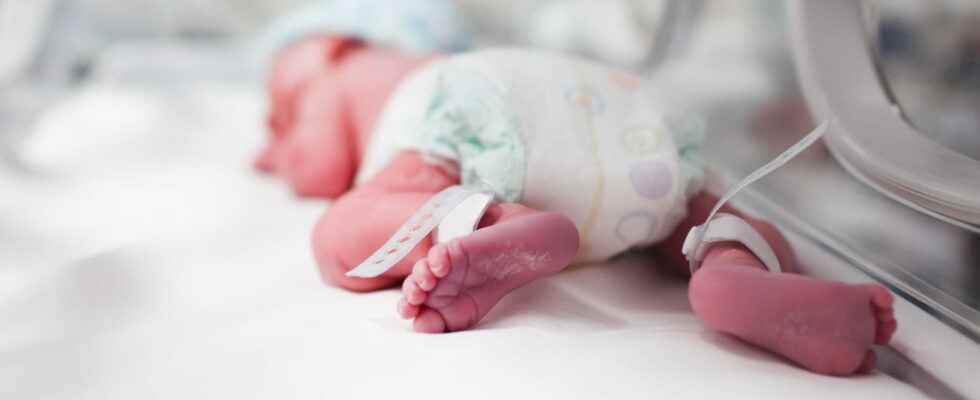Since 2012, the infant mortality rate, that is to say children under one year old, has continued to increase in France. A worrying trend, especially since the causes are not clearly identified.
Infant mortality rate on the rise since 2012
[Mise à jour le le 4 mai 2022 à 15h20]. The numbers speak for themselves. From a decadedeaths of babies under 1 year old are increasing at a rate of 0.04 deaths per 1,000 live births per year. Since the end of the Second World War, France has been one of the best-positioned countries in Europe, but the figures for recent years now relegate it far behind. So, according to the data Eurostat, France ranks 25th in Europe for infant mortality, with 3.8 deaths per 1,000 live births in 2019. Our country is far behind Sweden, Finland, Norway and even Italy. In the magazine The Lancetresearchers published a study on February 28, using INSEE civil status data, highlighting this constant increase in the infant mortality rate since 2012.
“We were among the best students for a long time, then the trend has changed since 2005 and it goes back from 2012 to 2019″, notes Martin Chalumeau, pediatrician and epidemiologist. Thus, of the 14,622,096 live births recorded between 2001 and 2019, the authors of the study record 53,077 deaths of babies under one year old. This corresponds to an average infant mortality rate of 3.63 per 1,000 (compared to 3.32 in 2012). 24.4% of deaths occurred on the day of birth, and 47.8% of deaths occurred during the first week after birth (4 in boys, and 3.25 in girls). “If we had the mortality rate of Sweden or Finland, there would be 1,200 fewer deaths of children under 1 year old each year”adds Martin Chalumeau who is worried about these rising figures.
Increase in infant mortality: what are the causes?
According to the authors of the study, it is essential to understand the causes of the increased death rate. However, researchers lack usable data, in particular because the death certificates do not mention the cause. Several tracks are then evoked and considered more than plausible.
- First, it would be the baby’s state of health, with the birth defects, birth weight, or even prematurity which could be factors related to these early deaths.
- Moreover, the state of health (obesity, smoking, age during pregnancy) of the mother is also apprehended, as is his social origin.
These risk factors are indeed greater in the most precarious women, especially immigrants. “Immigrants may have a more difficult access to care as well as pregnancy monitoring or even a generally degraded state of health. The metropolitan department with the highest infant mortality is also the one with the highest immigrant population: Seine-Saint-Denis“, explained Magali Barbieri of the National Institute for Demographic Studies (INED) to Liberation in 2021. “It is essential to be able to explore in detail the causes of this increase by having, for example, systematic information on the precise medical and social circumstances of these deaths and by making this population, which is the most vulnerable, a real research and public health priority, which is not currently the case “, concludes Martin Chalumeau.
Gynecology, obstetrics, a neglected sector?
The number of maternity wards has continued to decline in France, with 221 closures between 2000 and 2017. However, it is not the closures of establishments that worry Professor Jean-Christophe Rozé, but rather the lack of qualified personnel in the functional units :” there is a very strong link between the number of patients treated and the quality of care. Intensive care units specializing in very prematurity, the more they do, the better they do”. In fact, it is better to prioritize the quality of care, with more caregivers, rather than its access. Similarly, support for parents needs to be urgently upgraded, with a severe lack of maternal and child protection services (PMI). A local network that is necessary in the medical follow-up of infants.
